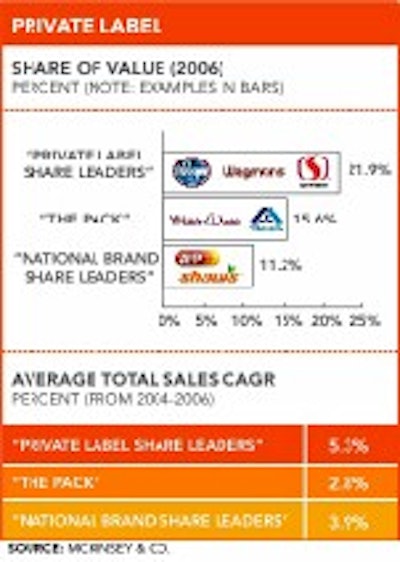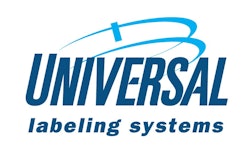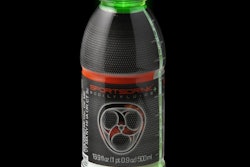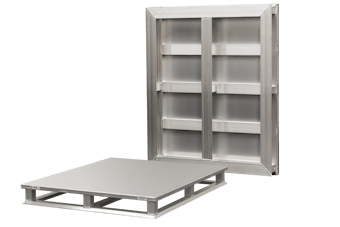
Judging from the summary findings in a new management report, they may want to emphasize product and packaging innovation—or risk losing market share to cutting-edge private-label brands.
The report is from management consultancy In summarizing the report, Kari Alldredge, principal at McKinsey, offered two suggestions to national brand owners
1. Be continually innovative in both products and packaging. Private-label dollar share is likely to be low in categories where national brands, marketing strategies, and the pace of innovation are high.
2. Look at the "big picture" by reviewing the economics behind your brand. Are you creating value for the consumer that pushes the perception of your product beyond commodity status?
Contract packagers may be able to help deliver results in both areas. They are a catalyst behind the surge of many front-running private-label brands. Package development is outside of most retailers’ core competency, so they turn to contract packagers to produce their brands. Some co-packers tell Safeway and other retailers with leading-edge private-label programs report higher levels of store-brand growth (5.3%) as a group than all other retailers (3.4%) during the past three years.
The 22% of total sales that private label represents for the top tier of retailers compares with 15.6% for the bulk of the other retailers and 10% for those offering mostly national brands. If the lower tiers adopt an aggressive approach to private label, U.S. store-brand share could reach 24% in 10 years—at the expense of national brands, Alldredge says.
McKinsey & Co. (www.mckinsey.com) and is titled "Competing in the New World of Brands: The Next Wave of Private Label." (To download the report, visit www.gmaonline.org/publications/index.cfm, which is listed under the 2007 Publications section.) Its central conclusion is that as much as $55 billion in annual product sales could hang in the balance over the next 10 years if U.S. retailers on the whole follow the lead of a small but growing top tier of retail chains. These front-runners—including Safeway, Wegmans, and Kroger—leverage private-label products as a sophisticated value-added tactic to make their stores a destination.Contract Packaging magazine that store-brand packaging is a surging part of their business. As a result, they are developing an intimate familiarity with what works and why in stores today.[CP]























